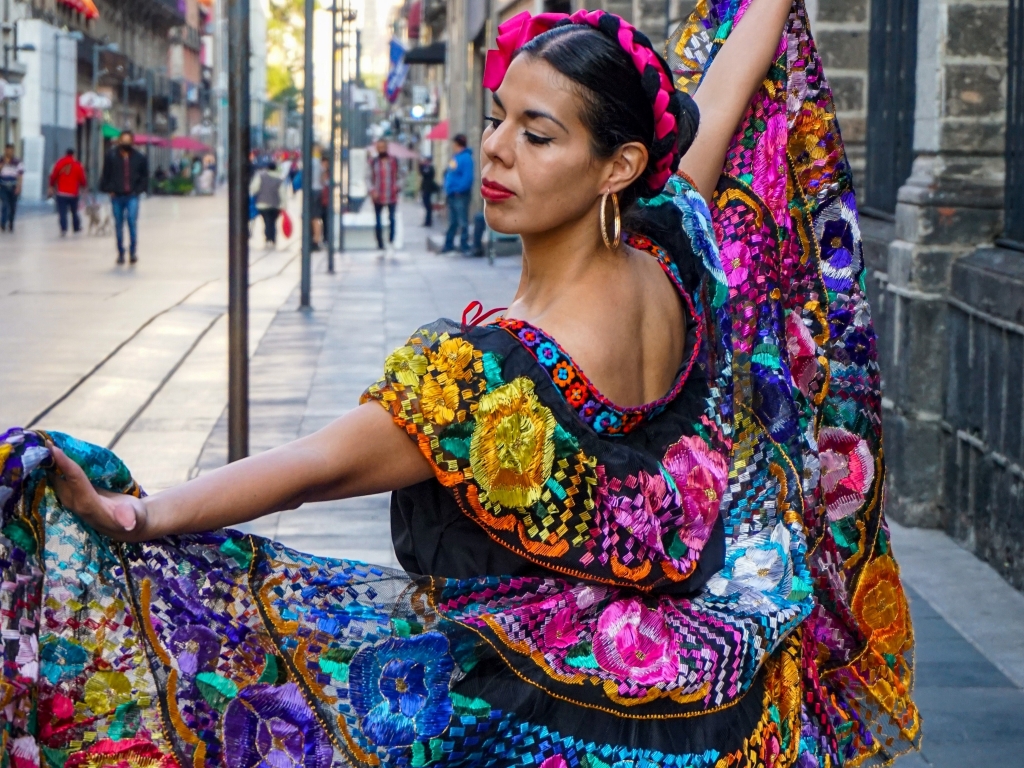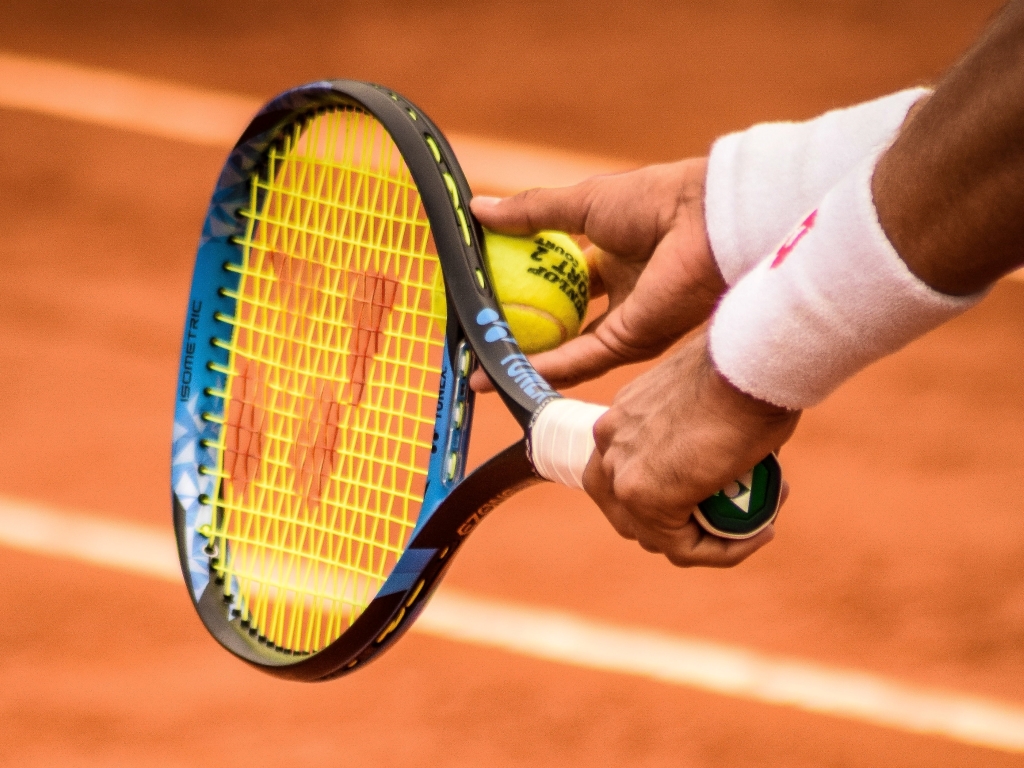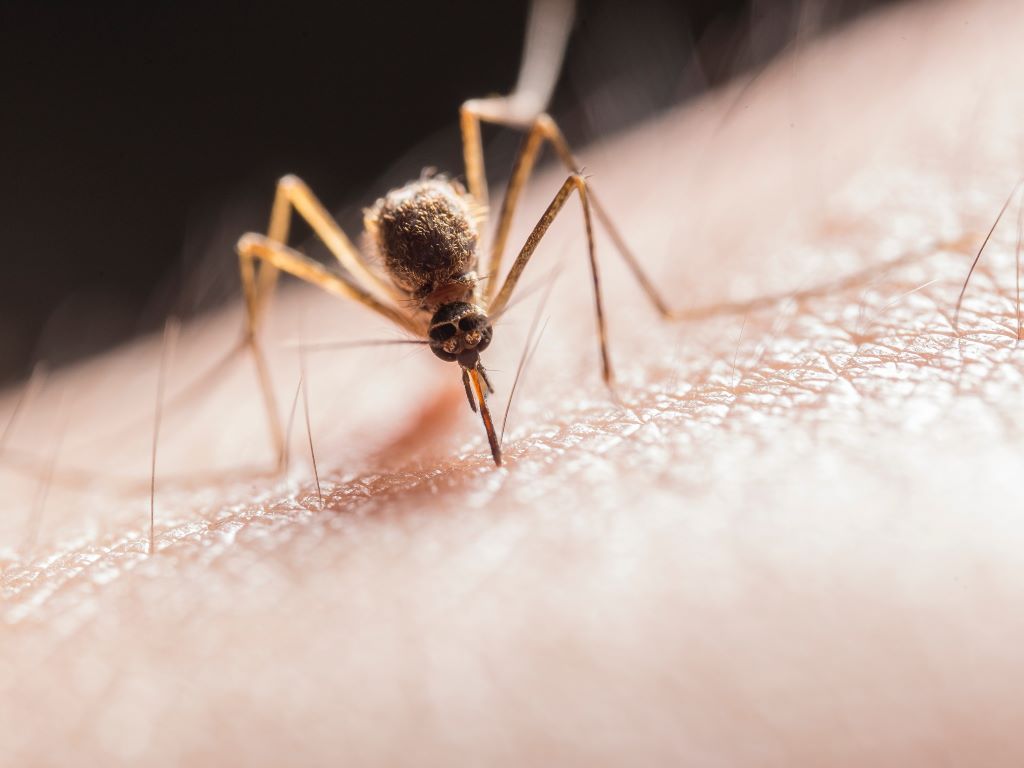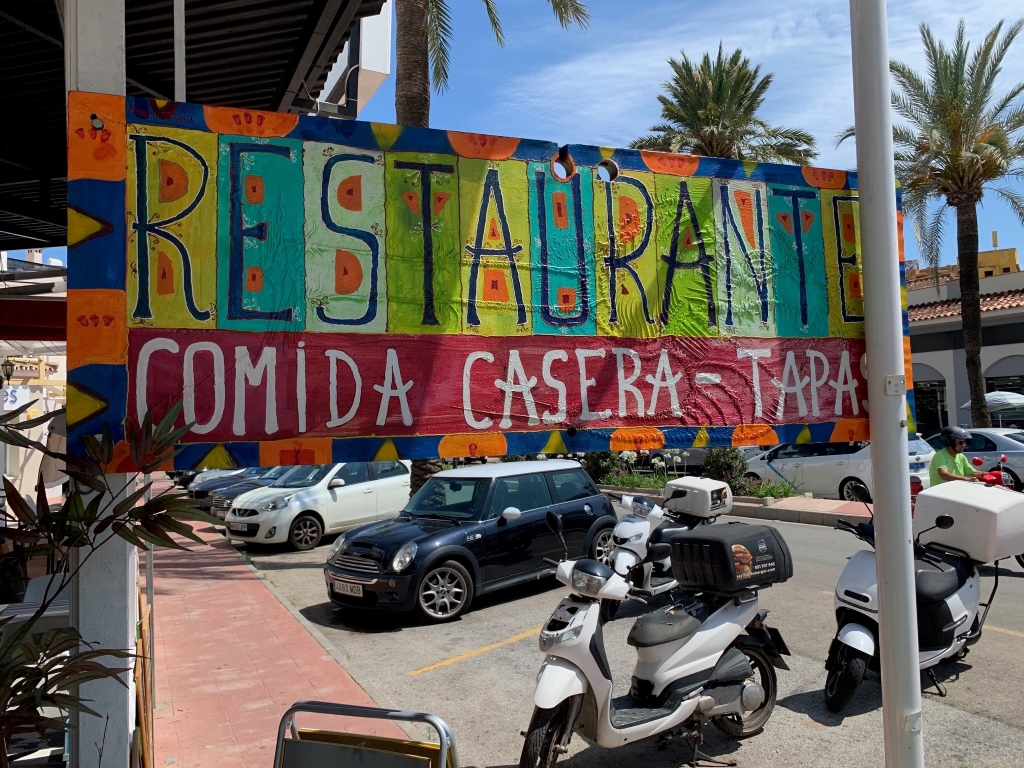May 13, 2023
Last updated on September 8, 2023
The scene that sparks in my mind about the Spanish countryside involves the green, the olives, the peace, the space, the local neighbours… An idilic white house surrounded by flowers, all the time in the world, silence and the sun… a pool and a backyard, perhaps some wines climbing on the poles of a pergola that covers the outside dining table with grapes pending, the flavour of locally made bread with locally produced olive oil and the view of fields that spread for miles, along the ups and downs of the hills. What more can one ask from life?
Table of Contents

I did consider moving to the countryside, as you may have guessed by now. Hubby would love it even more than me, given that he was partially raised in a rural area and speaks fondly of that part of his life. Practical considerations (or fears) prevented us from doing that, though – the fear that schools would be limited both in quality and funding, fear of depending on a car for everything and to be too far from a hospital and, from Hubby, fear that internet speed could be too slow. On top of that, fear of having to renovate a house right from the get going, and some considerations about safety came to mind as well.
The Crinkle Crankle Wall
But the dream is there, with a hint of maybe someday… maybe if I knew more about it… So you can imagine how happy I was when I found out about The Crinkle Crankle Wall, a book by Sabina Ostrowska, telling her and her husband’s experience moving to the Andalusian countryside from Abu Dhabi, in search of a slower-paced and less consumption-oriented lifestyle. For me, it felt like a window to what life would have been like had we opted to go live inland. If you consider moving to the countryside or are just curious about this lifestyle, Sabina’s book is a must.
Sabina tells that they came to Spain without knowing Spanish and without much planning or knowledge about Spanish systems and documentation, with the intention to learn in loco. They also chose to buy a house that needed renovation and to transform their new house into a bread and breakfast.
The book is a delight to read. It is one of those books that are hard to leave aside once you start. It is dreamy and quite funny, as they struggle to understand and to communicate with the locals and neighbours. It also gets a bit dramatic at points, especially when they had to sleep through the winter months without a roof over their house, due to renovations, dealing with rain inside.
The book shows their struggles and victories, as well as their evolution and adaptation to all things Spanish: their neighbours became friends and an indispensable source of information; their understanding about construction grew tremendously, and so did their knowledge about local uses. I relate to them a lot, particularly on the hardship finding a good and reliable construction crew and the enchantment about the beauty of this country.
A Hoopoe on the Nispero Tree
After I finished reading the first book, I went back online looking forward to the sequence, A Hoopoe on the Nispero Tree. It was just as good as the first one, but I won’t share much about it, as I don’t want to give (more) spoilers. Just let me tell you that my fear of being far from a hospital got a new perspective and I got some useful information about how it would work.
Oh, and I learned how to make olive oil from this book, and also how to choose a good one – let me share this tip: when in Spain, don’t buy the big olive oil brands at the big market chains; buy the unknow ones from your local grocery store. These are probably more local, less processed and fresher. It worked very well for us.
If you share the curiosity or dream about living on the countryside, I can’t recommend more these two books. And I’m looking forward to the third one, that is being prepared! I’ll read it on a go, with some bread and olive oil, on my balcony, surrounded by flower pots, pretending I’m in the countryside.
Olive Leaf Tea
September 2023 Edit:
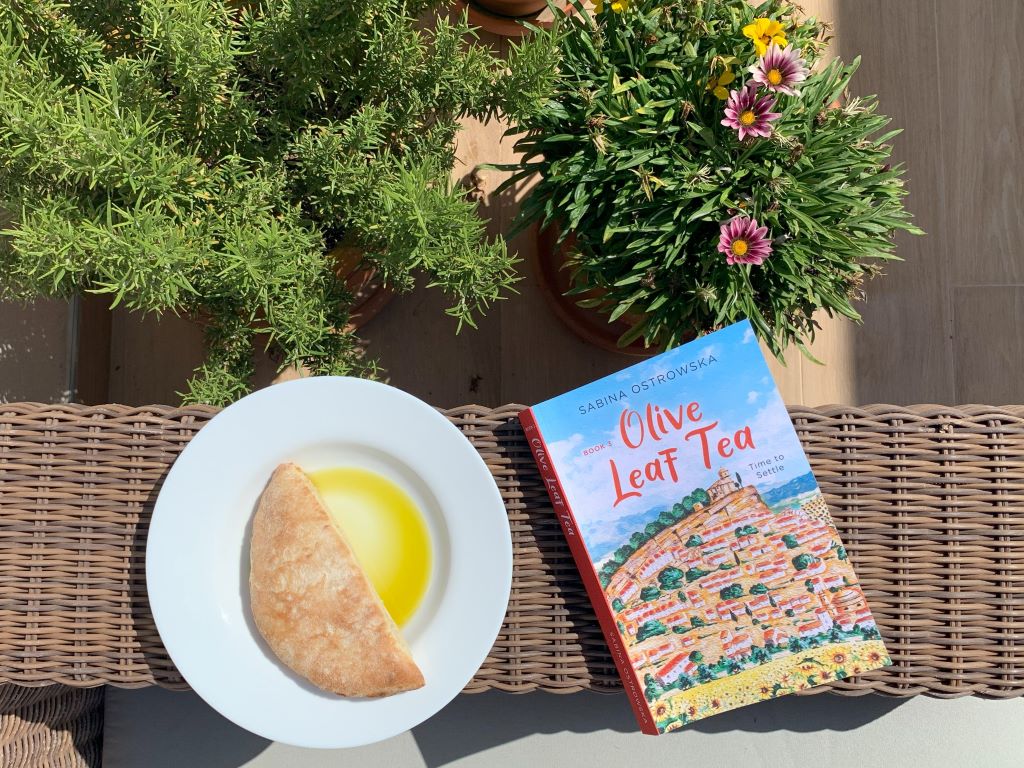
Yes, It is here! I got it and read in two days, as usual. It is one more book on Sabina Ostrowska’s series of books that can’t be let down till the end, about life in the Spanish countryside. This one also transported me both to the countryside and to the Middle East, with very relatable stories. I remeber well how it is to be stranded on a snowstorm, a experience Sabina had in Andalusia (!) and I had in Estonia. And how sometimes the little turns of life can have a tremendous impact on the long run.
You know, I once went for lunch to a self-service restaurant that was undergoing an unexpected water shortage. It was after the normal lunch hours, they still had food, but only one clean knife left, no way to clean dishes and two costumers – me and another late, hungry person. In this situation, we had no choice but to share a table (and the knife) with each other. Well, this stranger became a friend that day – nothing gathers people as much as shared hardship – and months later, was him who invited me to go to Estonia.
Had not been for the single knife, I would likely not have gone to Estonia or have met Hubby or have had Kiddo; then I wouldn’t live in Spain and there would be no Mama Malaga! You wouldn’t be reading this now, so, hey, the single knife in a restaurant in Brazil in 2010 affected you too!
But back to Sabina’s book: pure pleasure. It was like receiving news from an old friend, and I’m glad to inform she and her husband, Robert, have been doing well, continue to live in Andalusia, continue to receive guests in Cortijo Berruguilla and continue to renovate their home. They now have heated floors in the main house! Sabina, besides writing delightful memoires, writes textbooks, runs two vacation rentals in her property and a language school in Alcalá la Real. I don’t know how she does it all, but isn’t she inspiring?
Sabina’s dog, Bobby, grows as a character in this third book, which also deepens on the experience of working with workaways and on dealing with guests in their rentals. Sabina and Robert now have a stablished network of friends and we follow their stories too, along Sabina and Robert’s adventures, vacation trips, renovation and water issues.
When I finished the third volume, I realized there is a fourth one coming. I was glad about it, but a bit apprehensive, because the next book’s title is “Under the Cherry Blossom: Things Fall Apart”. I strongly suspect the next volume will tell about the pandemic years in rural Andalusia. Oh boy, I’ll have to wait until 2024 for it!
Next: National holidays in Spain

